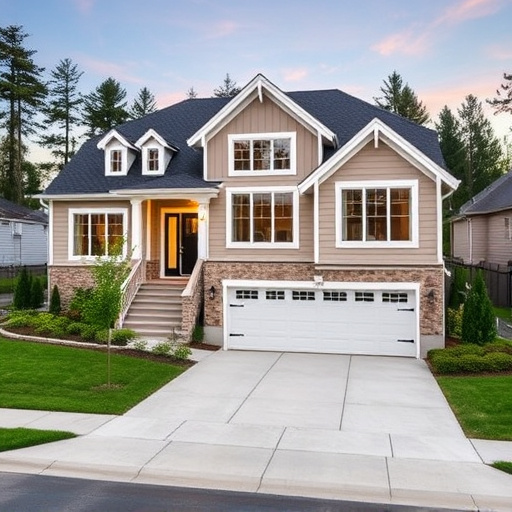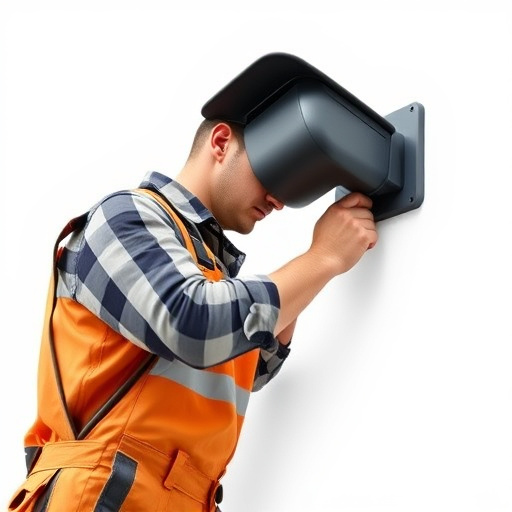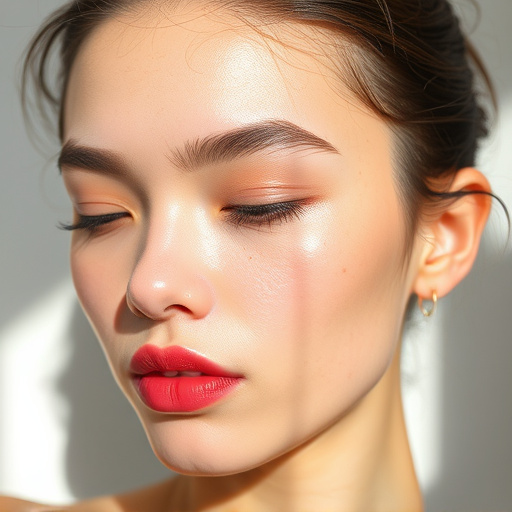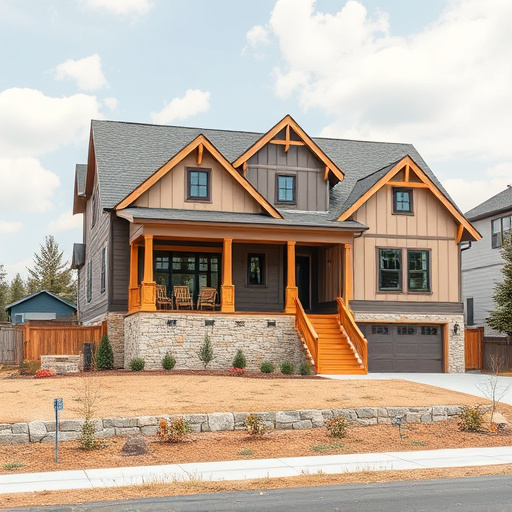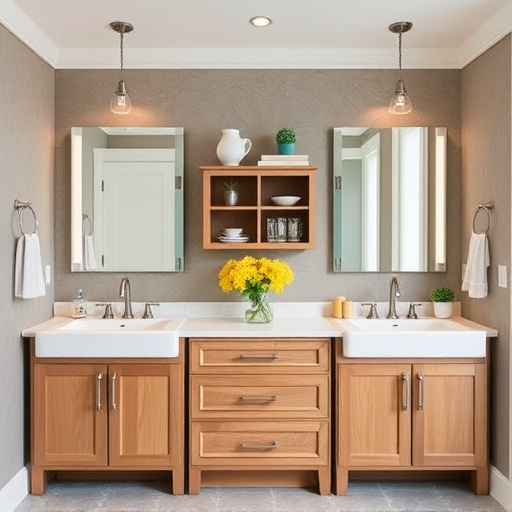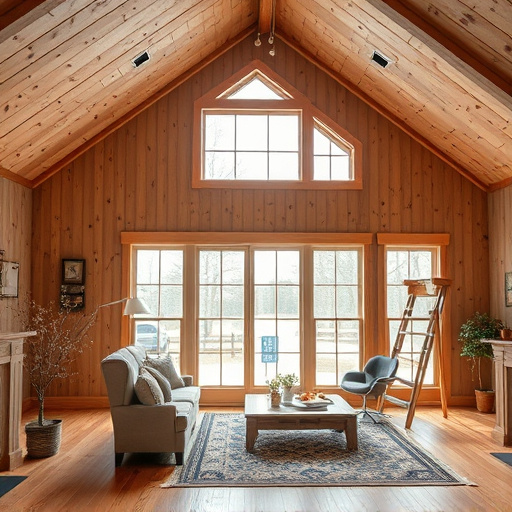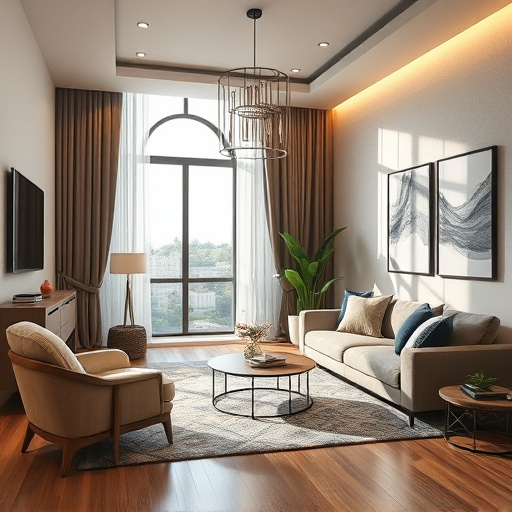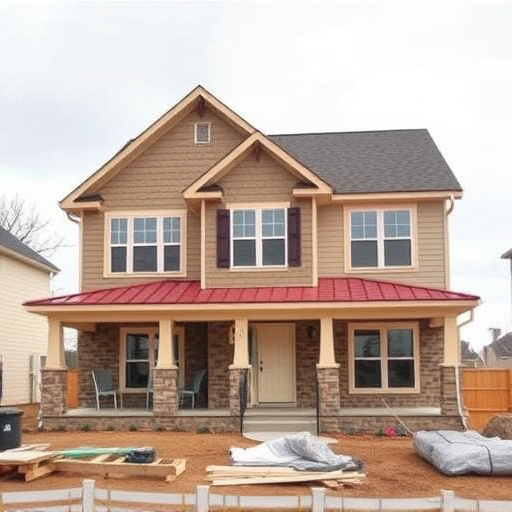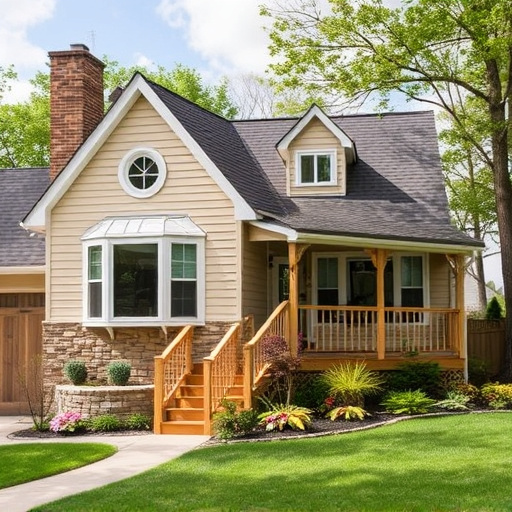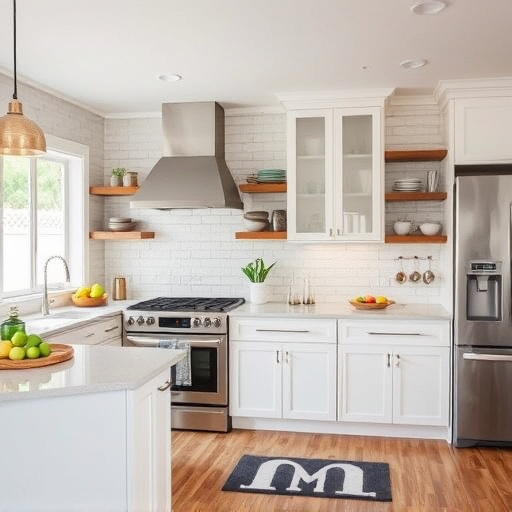Color psychology plays a vital role in interior design, where warm tones energize dynamic spaces like living rooms and kitchens, while cool shades induce calmness suitable for bedrooms and relaxation zones. Strategic color choice enhances functionality, evoking specific emotions and creating tailored atmospheres for well-being. In home renovations, these tonal contrasts dramatically alter room perception, with designers leveraging color impacts to suit areas' purposes, fostering harmony and balanced living environments.
Unleash the power of color in your interior design! This article delves into the psychology behind hues, exploring how they shape our emotions and perceptions within spaces. We’ll uncover the secrets of warm and cool tones, their profound impact on room ambiance, and practical strategies for employing color psychology in targeted design effects. Discover how subtle shifts in coloration can transform living environments, enhancing comfort, focus, or relaxation. Elevate your interior design skills with these insightful principles.
- Understanding Color Perception and Emotion in Interior Spaces
- The Impact of Warm vs Cool Tones on Room Ambiance
- Utilizing Color Psychology for Targeted Design Effects
Understanding Color Perception and Emotion in Interior Spaces
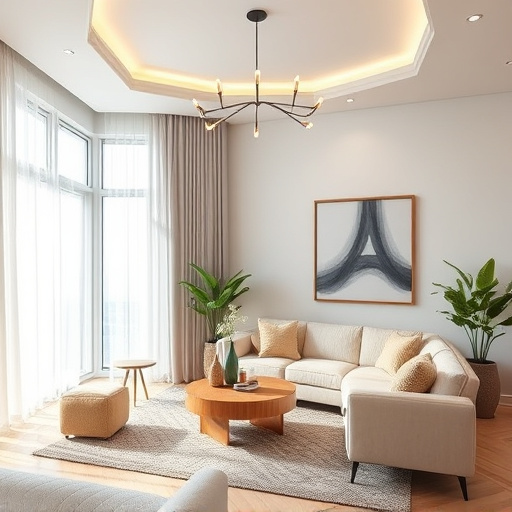
Color plays a profound role in shaping our perceptions and emotions within interior spaces. When applied thoughtfully in interior design, hues can evoke specific feelings and create atmospheres that enhance or disrupt the functionality of a room, depending on the desired effect. For instance, warm tones like red and orange tend to stimulate energy and excitement, making them suitable for dynamic spaces such as living areas or restaurants. Conversely, cooler shades like blue and green promote calmness and relaxation, which is why they are often used in bedrooms or meditation zones.
Understanding these emotional responses is crucial for designers aiming to create home renovation projects that cater to specific needs. In a kitchen remodel, for example, employing calming colors can foster an environment conducive to preparing meals and spending quality time with family, while vibrant accents might energize the space, making cooking and entertaining more enjoyable. By manipulating color in this way, designers can transform ordinary rooms into functional spaces that not only meet practical requirements but also evoke positive emotional responses.
The Impact of Warm vs Cool Tones on Room Ambiance
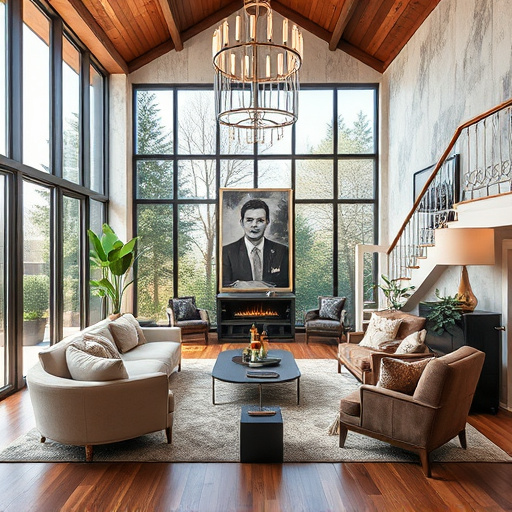
In interior design, the choice between warm and cool tones significantly shapes the ambiance of a room. Warm colors like reds, oranges, and yellows evoke feelings of comfort, energy, and intimacy, making them ideal for spaces where you want to create a cozy atmosphere, such as living rooms or bedrooms. These hues can also enhance social interactions and stimulate conversation, which is why they’re often used in dining areas or home offices. On the other hand, cool tones like blues, greens, and purples promote relaxation and calmness, making them perfect for bathrooms or meditation corners where tranquility is desired. In kitchen renovations or bathroom upgrades, considering these color contrasts can dramatically alter the overall experience and functionality of these spaces. Cool tones can expand perceived space and create a serene environment, while warm tones can make rooms feel more intimate and inviting.
When designing with these tonal contrasts, professionals in home renovation, whether it’s for kitchen renovations or bathroom transformations, should consider the psychological impact on occupants. Warm colors tend to draw attention and generate warmth, making them suitable for focal points like a fireplace or a well-designed dining table. Cool tones, conversely, recede visually and create a sense of openness, which is beneficial in smaller spaces. Balancing these hues allows designers to cultivate specific moods and enhance the overall aesthetic appeal, ensuring that each room serves its intended purpose effectively within the context of interior design.
Utilizing Color Psychology for Targeted Design Effects
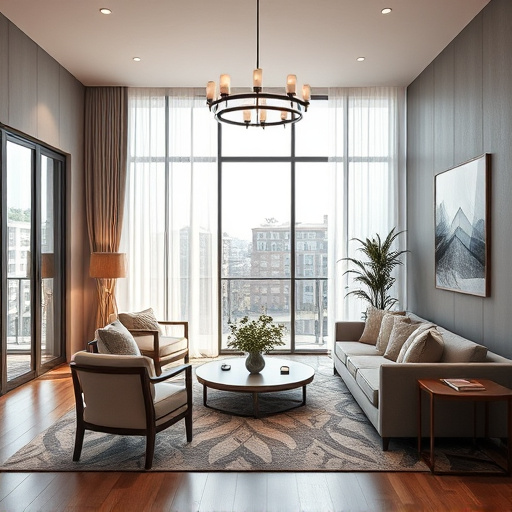
In the realm of interior design, color psychology plays a pivotal role in creating targeted design effects that transform spaces. By understanding how different colors evoke specific emotional responses, designers can orchestrate atmospheres tailored to various purposes and preferences. For instance, warm hues like red and orange stimulate energy and excitement, making them ideal for dynamic living areas such as kitchens and baths, where a vibrant ambiance enhances the overall experience. Conversely, cooler tones like blue and green promote calmness and serenity, rendering them suitable for serene bedrooms or relaxing common areas, fostering a sense of tranquility during residential renovations.
This strategic utilization of color psychology extends beyond aesthetic appeal; it influences human behavior and well-being. In home remodeling projects, designers can leverage this knowledge to create spaces that not only delight the eye but also nurture mental health. For example, incorporating subtle shades of calming colors in common areas or brighter accents in more active zones can contribute to a balanced and harmonious living environment. This approach ensures that spaces designed for kitchen and bath renovations, among other residential transformations, cater to both practical needs and psychological comfort, ultimately enhancing the overall quality of life.
Incorporating color psychology into interior design is a powerful tool for creating spaces that evoke specific emotions and enhance well-being. By understanding how colors influence our perception, we can strategically choose warm or cool tones to transform any room into a tranquil oasis or vibrant hub. Whether aiming to calm minds or stimulate creativity, the right hues play a pivotal role in effective interior design, ensuring spaces not only look aesthetically pleasing but also positively impact our mental states.


